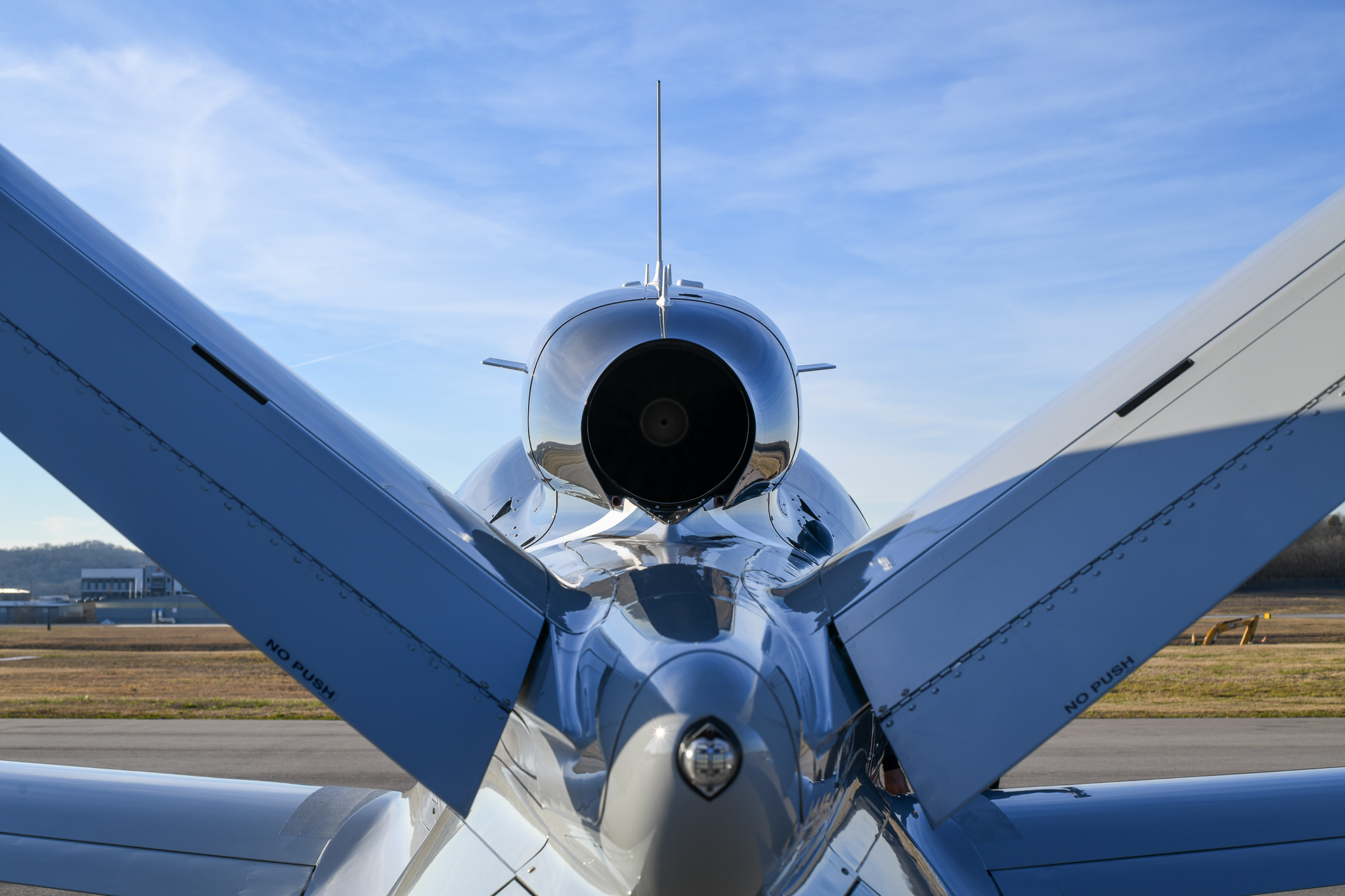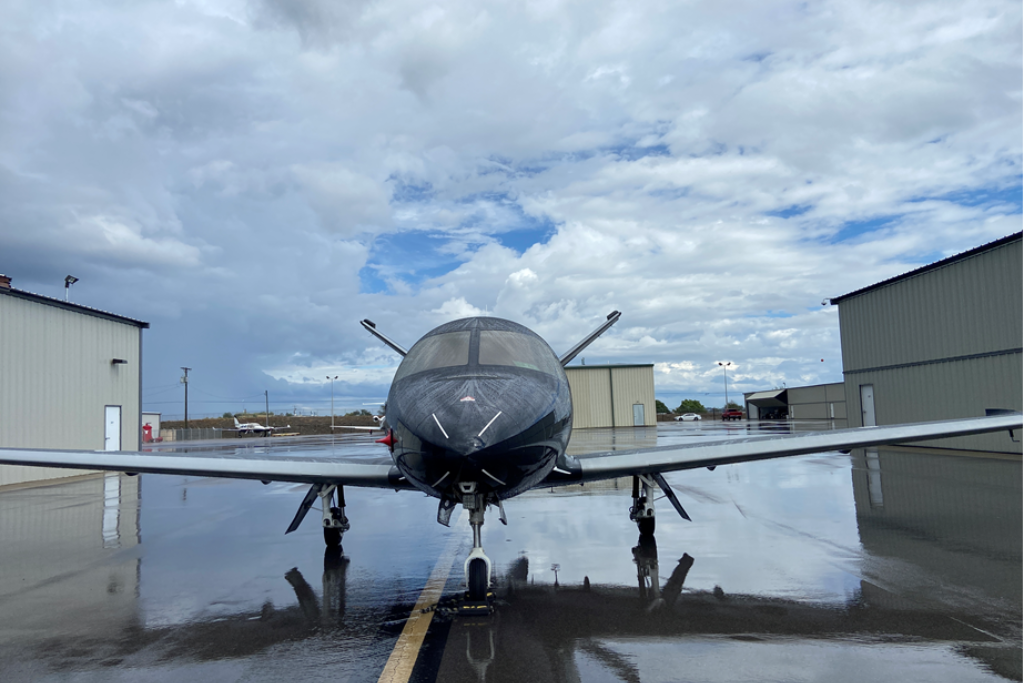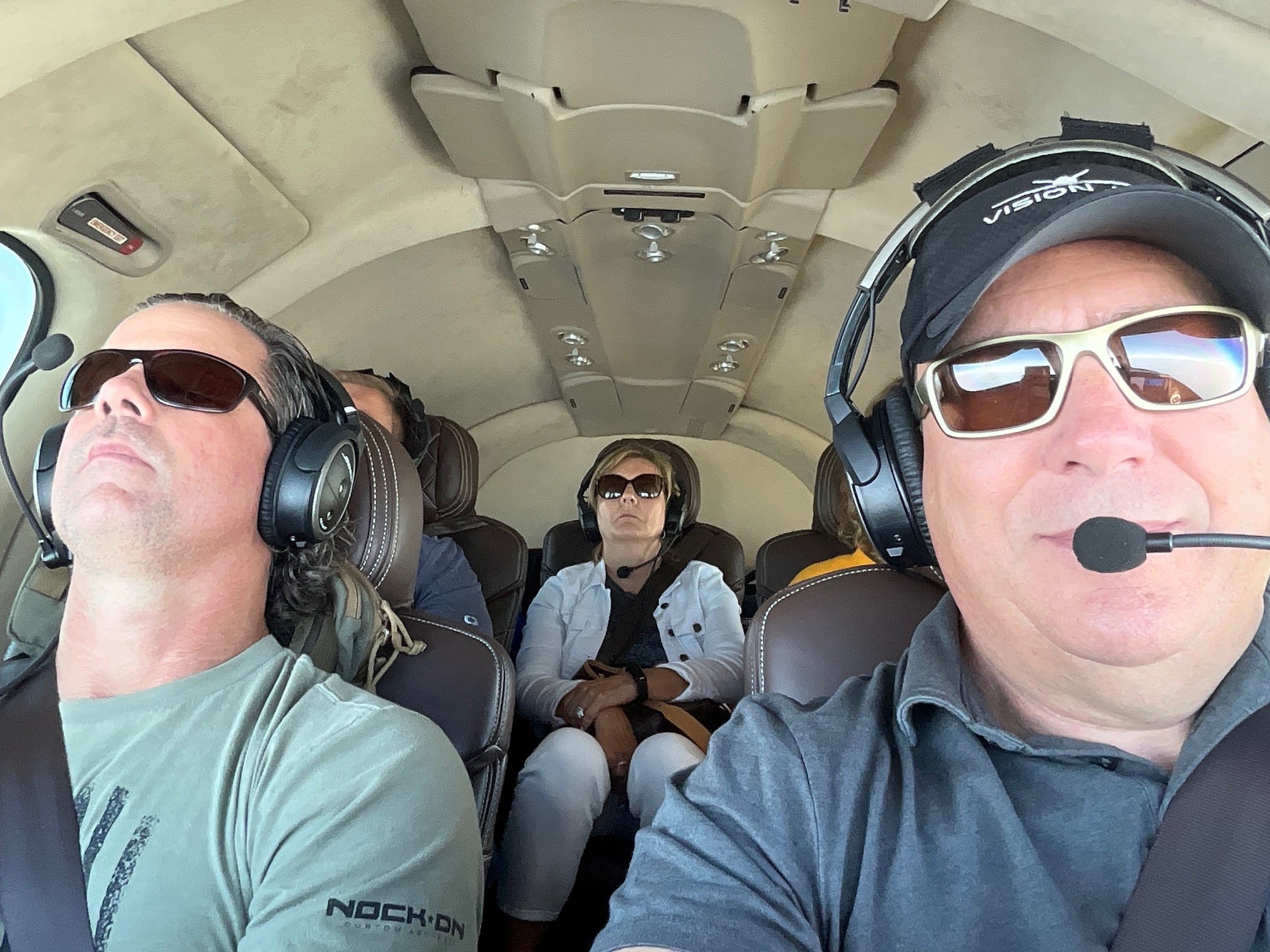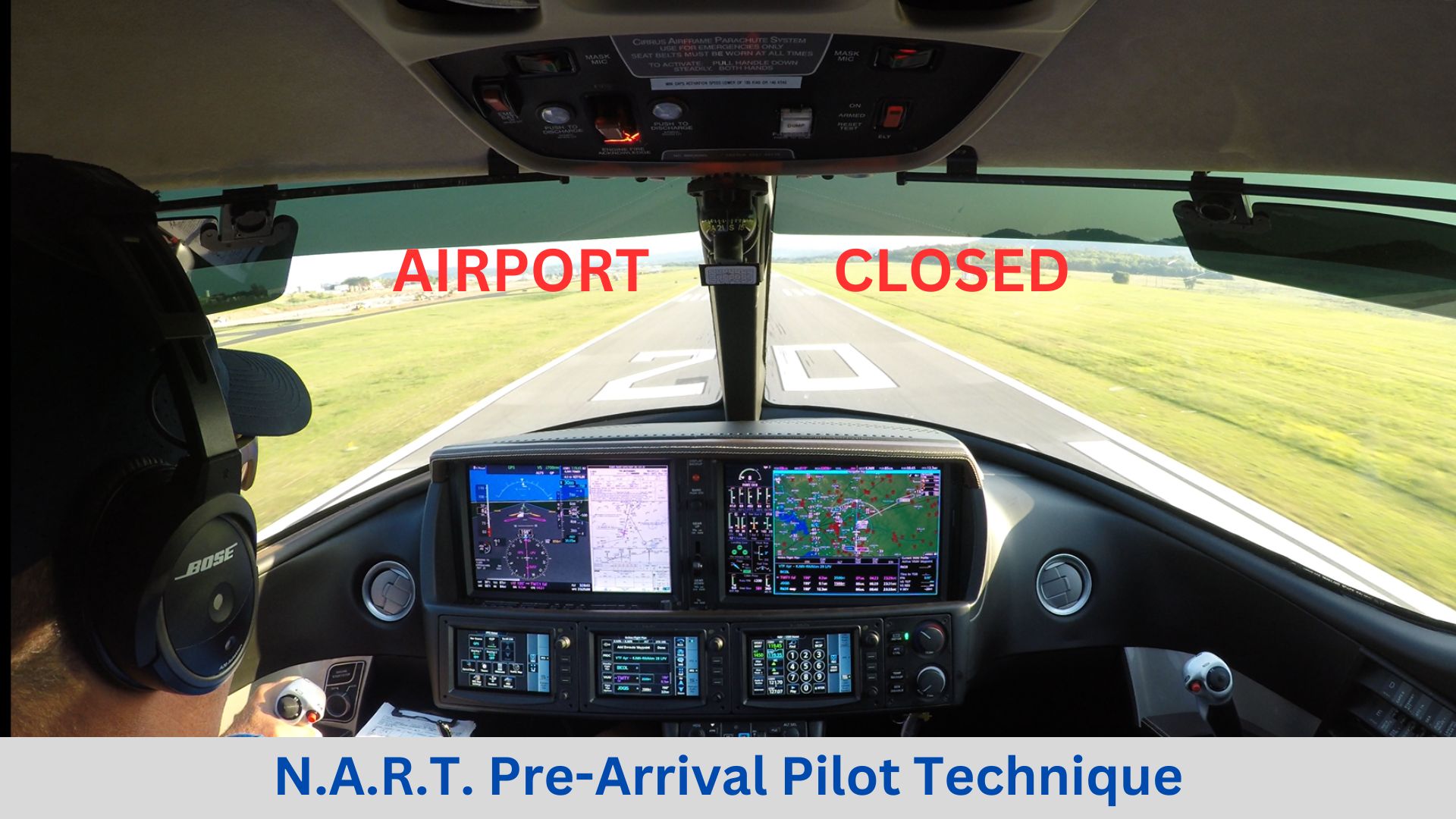Becoming a Commercial Pilot and Flying Vision Jets Professionally
Come on with me on the Signature Aviation ramp at Ellington Airport (Houston, TX) as I talk about my flight training, SF50 type rating, my current #SF50 jet, the company that I operate, and what to expect when you become a newly minted Cirrus Vision Jet pilot.
There are a few hurdles to jump before pilots can start working in aviation, beyond commercial and/or ATP ratings.
- Instrument Rating and Experience: Get your instrument rating and start logging actual IMC (instrument meteorological conditions) with an instructor or safety pilot. *Establish your personal minimums and constantly reevaluate them.
- Commercial and/or Air Transport Pilot (ATP) Rating: Obtain a commercial or ATP rating and start logging time. One way to transition into commercial flying operations is to become a volunteer pilot for an organization. You pay all expenses, but you will learn a lot about passenger carriage and service-oriented operations while doing good! Check out Air Care Alliance for an organization near you.
- Vision Jet Type Rating: Prepare for and obtain a Vision Jet type rating from Cirrus Aircraft.
- Log time: There is no way around it… You will need to log flight time and gain experience to become a compensated pilot. This improves your abilities and aeronautical decision making, but also makes you marketable to employers and insurance carriers. Key your logbook up to date.
- Pilot Resume: A solid resume could carry you over the finish line.
- Attitude: It never hurts to stay humble and positive when starting an aviation career. This applies even if you were extraordinarily successful in another line of work previously.
- Network: Hang around the airport. Get to know people in aviation. Stay connected with job postings and opportunities. Consider another job in aviation if it might lead you into a pilot position later.




















































